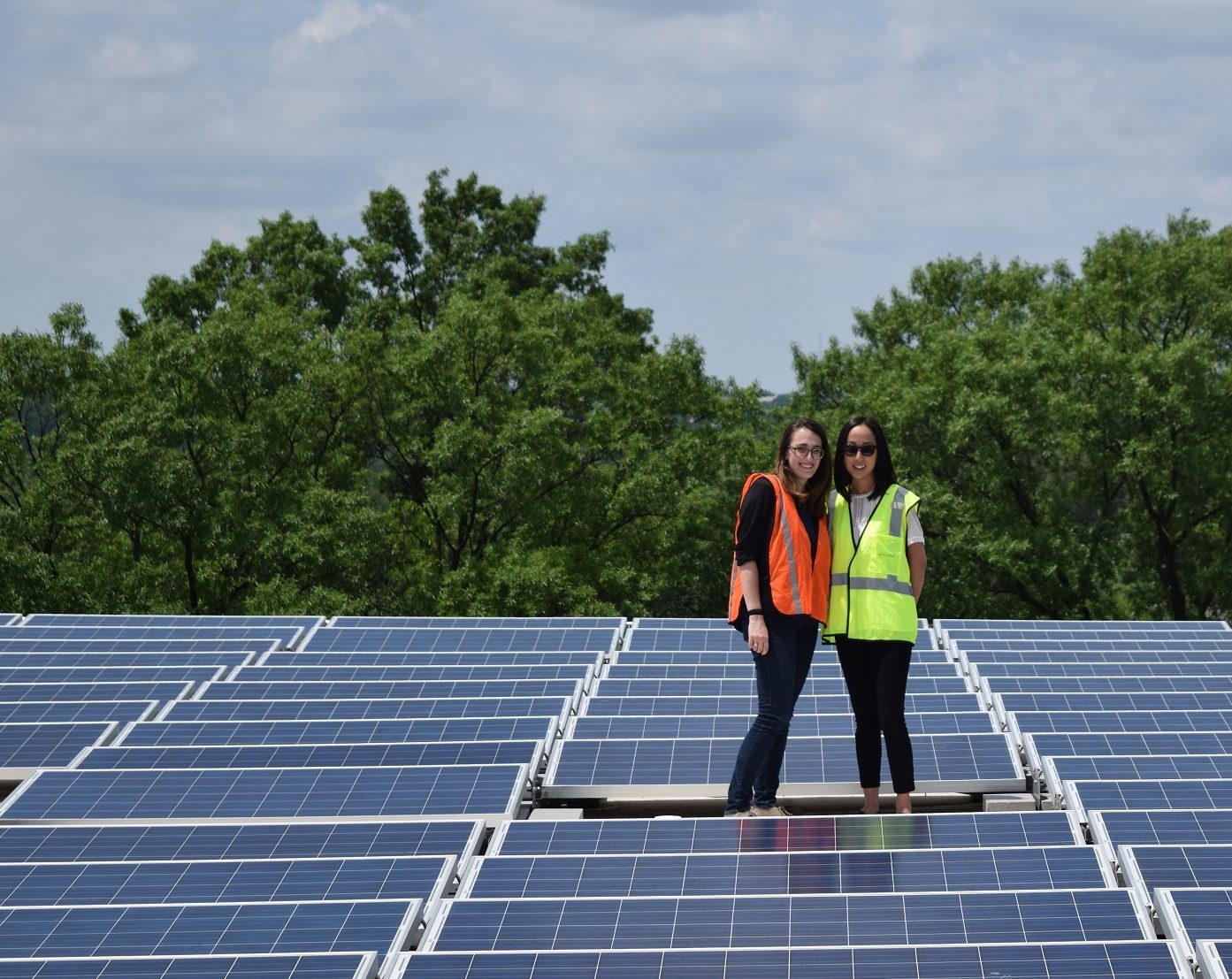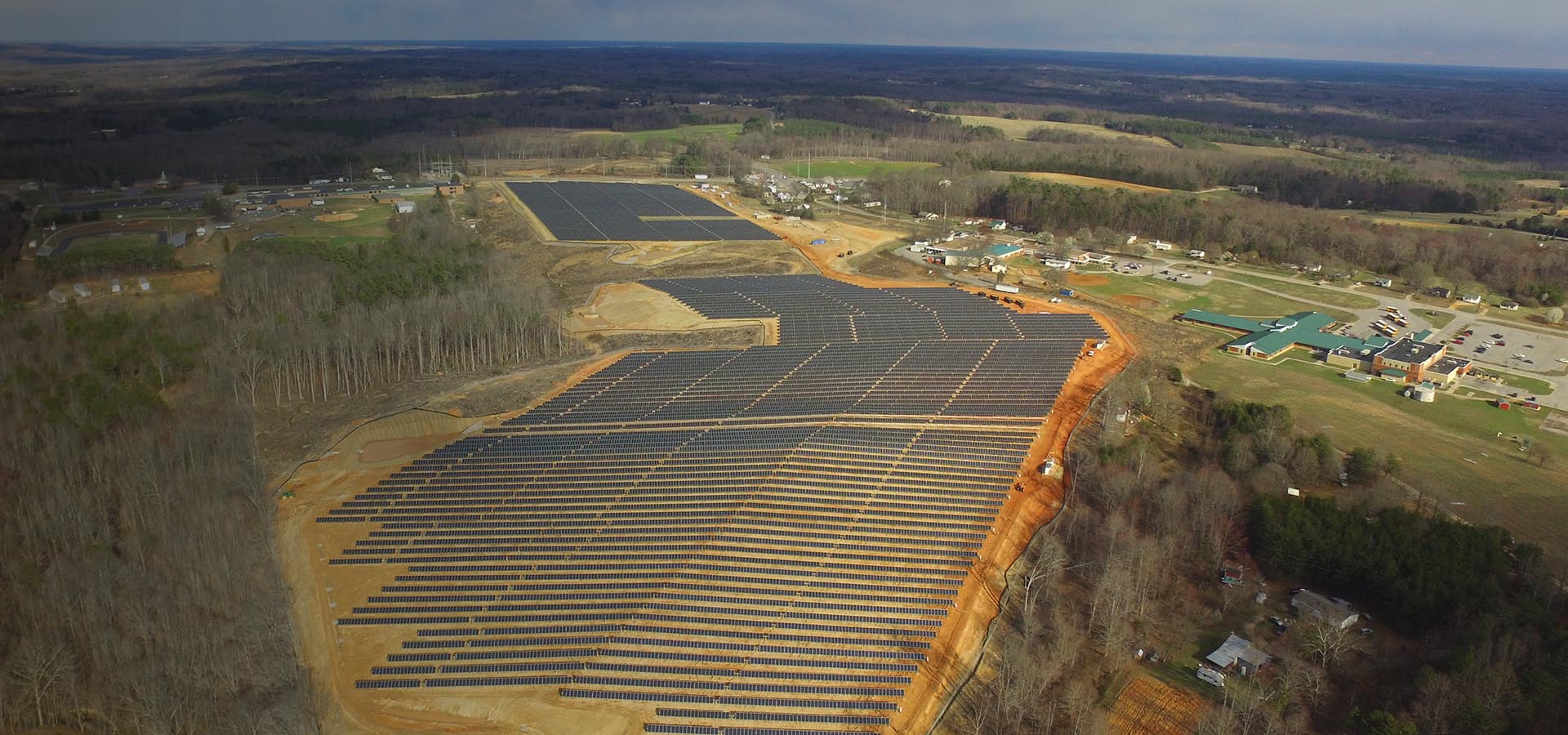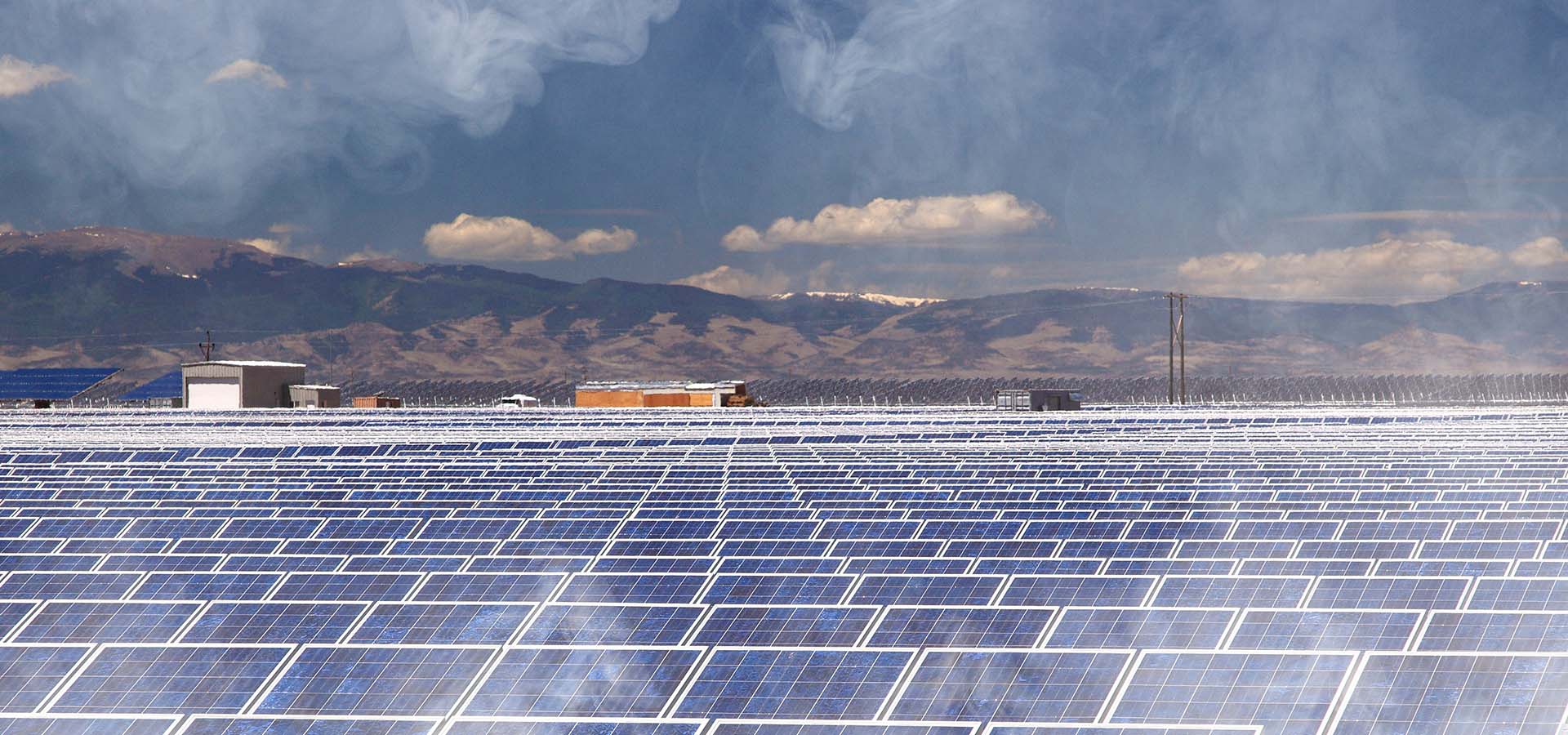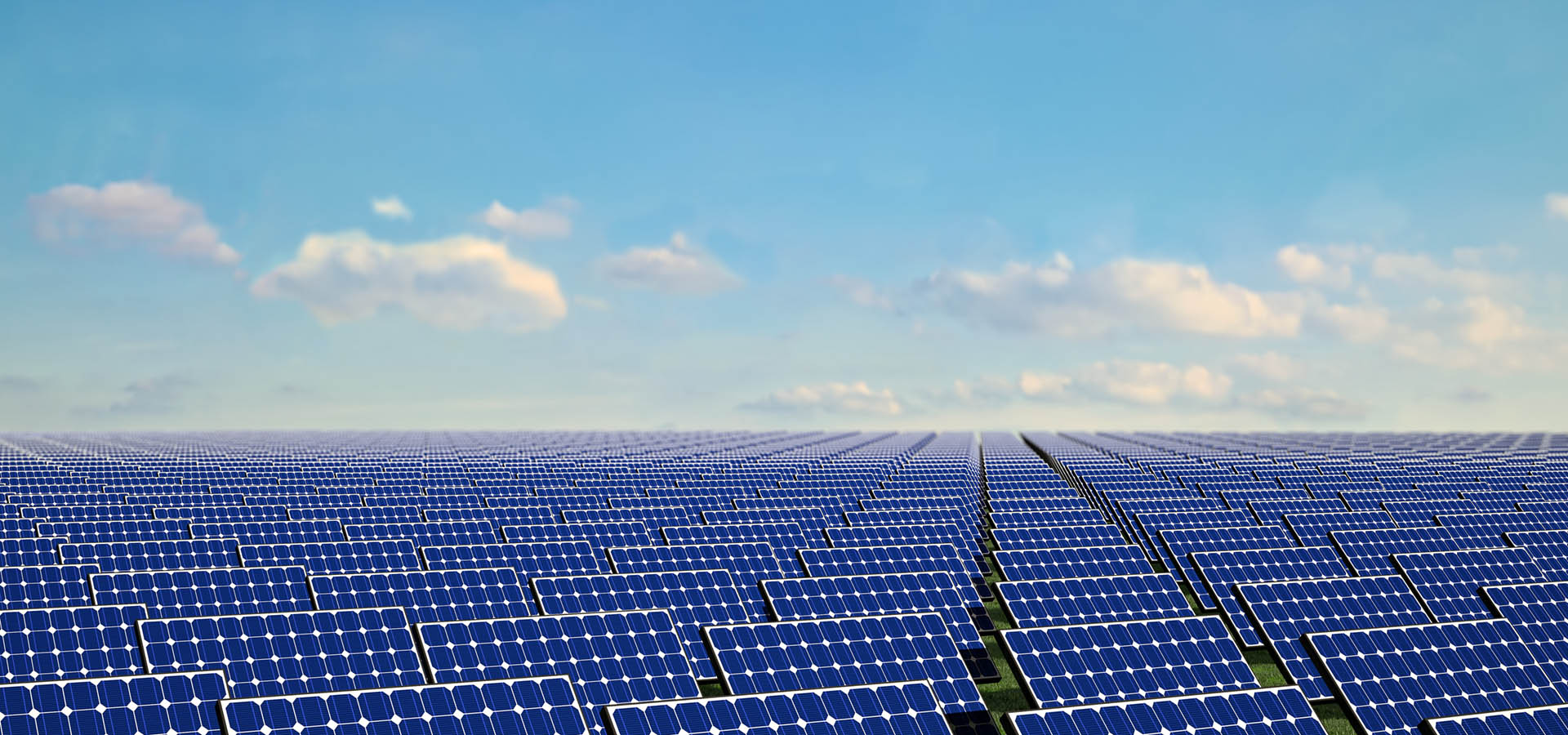Video – Jobs That Matter!
Video – Jobs That Matter!
Recent Articles...
Opening Doors to Opportunity: Jacksonville Promise and Lincoln Land Community College
Welcome to Saline County: Introducing Our New Community Impact Partners!
Video – Just because it’s a good investment…
Video – Just because it’s a good investment…
Recent Articles...
Opening Doors to Opportunity: Jacksonville Promise and Lincoln Land Community College
Welcome to Saline County: Introducing Our New Community Impact Partners!
Tax Equity Forecast: Low Visibility, Thick Fog Expected to Continue
Tax Equity Forecast: Low Visibility, Thick Fog Expected to Continue
For companies still on the road to placing or finding tax equity in their capital stacks for 2018, you’ll need to turn on your fog lights. Even then, there are so many layers to the mist, it is not possible to see clearly if there is an oversupply or undersupply of tax equity for the year.
What is visible is that many existing large direct investors – institutions, banks, and corporates – placed all of their tax equity for 2018 early in the year, or even in late-2017 deals, given a reduced appetite under the new 21 percent tax rate. This has left syndicators (and a new type of market entrant, ‘syndicators of syndicators’) scrambling for capital willing to make a deal.
What is not visible, however, is when new capital will enter the market, as many existing tax equity allocations are already allocated. Consequently, timing and amounts are uncertain. Already deep into Q2. In many tax equity investors are offering terms that include an out at no cost for them if they fail to raise capital, but a breakup fee if the sponsor fails to deliver the project.
Yet, the clock is ticking for projects on track to place in service in 2018, leaving sponsors to choose which is less risky: accepting terms that in effect leave them captive to one investor’s pipeline, or waiting for certainty on committed capital.
Price-wise, some investors are feeling out how low sponsors will go – throwing out offers as low as $1/credit. Realistically (and expected), pricing has softened post-tax reform, but the bottom has not fallen out of the market. Rather, pricing has regressed to perhaps circa 2015 or 2016, before tax equity became plentiful in 2017.
With changes occurring week by week, sponsors and investors are communicating more frequently and transparently about when allocations are coming. In 2017, sponsors could rely on tax equity providers generally being able to do a deal when the timing was right for a project or portfolio. In 2018, however, tax equity capital will be committed very quickly after becoming available, making it necessary for sponsors to keep open lines of communication with potential tax equity partners.
Whether these practices will continue past the current ‘crunch’ is unclear, and will depend on how much capital enters the market after the full extent of tax reform is known. But, for now, if you’re finding your way through the fog, give us a call at 202-588-6278 or send an email to Jessica.Robbins@solsystems.com. We’re happy to help.
This is an excerpt from the May 2018 edition of The SOL SOURCE, a monthly electronic newsletter analyzing the latest trends in renewable energy based on our unique position in the solar industry. To receive future editions of the journal, please subscribe.
ABOUT SOL SYSTEMS
Sol Systems, a national solar finance and development firm, delivers sophisticated, customized services for institutional, corporate, and municipal customers. Sol is employee-owned, and has been profitable since inception in 2008. Sol is backed by Sempra Energy, a $25+ billion energy company.
Over the last eight years, Sol Systems has delivered 700 MW of solar projects for Fortune 100 companies, municipalities, universities, churches, and small businesses. Sol now manages over $650 million in solar energy assets for utilities, banks, and Fortune 500 companies.
Inc. 5000 recognized Sol Systems in its annual list of the nation’s fastest-growing private companies for four consecutive years. For more information, please visit www.solsystems.com.
Recent Articles...
Opening Doors to Opportunity: Jacksonville Promise and Lincoln Land Community College
Welcome to Saline County: Introducing Our New Community Impact Partners!
Pennsylvania’s SREC Market: The Borders Have Officially Closed
Pennsylvania’s SREC Market: The Borders Have Officially Closed
In October 2017, Pennsylvania lawmakers and Governor Wolf passed Act 40. The law aimed to fix the oversupply in Pennsylvania’s solar renewable energy credit (SREC) market by closing the borders to out-of-state solar energy systems, preventing them from selling their SRECs into the state.
Since then, there has been confusion about how the law would be interpreted by the Pennsylvania Public Utilities Commission (PUC), as the law itself was vaguely-written and unclear as to its intent. The question at hand was whether out-of-state systems that were already registered to sell SRECs into the Pennsylvania market could continue to do so, or if the law was meant only to prevent new systems from qualifying. Therefore, the PUC tentatively proposed an interpretation that would have “grandfathered” existing qualified out-of-state solar energy systems, but they also requested input from the public to help make their determination.
After several months of public comment, Pennsylvania lawmakers, environmental groups, the local solar industry, and solar homeowners in Pennsylvania overwhelmingly wrote to the PUC that the law was intended to exclude all out-of-state systems, even those already registered.
With these considerations in mind, on Thursday, April 19th, the PUC provided guidance on the implementation of Act 40. They voted to reject their tentative interpretation that would have “grandfathered” out-of-state solar energy systems, and instead they moved to de-certify these systems.
What Does This Decision Mean for Out-Of-State Systems Currently Selling SRECs in Pennsylvania?
With this decision from the PUC, systems that are not within the geographical boundaries of the state of Pennsylvania, and not contracted directly with a compliance entity (like a utility), will now only be eligible for PA Tier 1 renewable energy credits (RECs), not SRECs. This applies to most systems outside the state, as a contract with a SREC aggregator (like Sol Systems) is not enough to preserve SREC qualification. Even if a system is already registered for SRECs, it will be de-certified. Additionally, any SRECs generated from out-of-state systems after Act 40 was signed on October 31st, 2017 may also be retroactively de-certified. This means they will no longer be eligible to be traded in Pennsylvania’s SREC market. However, they remain eligible to be traded in Pennsylvania’s Tier 1 REC market.
The PA PUC has not yet issued their Final Implementation Order with the exact next steps, though their decision is final and marks the new status quo in Pennsylvania’s SREC market.
Sol Systems will keep our installer partners and customers updated as we learn more about the implementation of Act 40 and what options may be available to out-of-state systems.
ABOUT SOL SYSTEMS
Sol Systems, a national solar finance and development firm, delivers sophisticated, customized services for institutional, corporate, and municipal customers. Sol is employee-owned, and has been profitable since inception in 2008. Sol is backed by Sempra Energy, a $25+ billion energy company.
Over the last eight years, Sol Systems has delivered 700 MW of solar projects for Fortune 100 companies, municipalities, universities, churches, and small businesses. Sol now manages over $650 million in solar energy assets for utilities, banks, and Fortune 500 companies.
Inc. 5000 recognized Sol Systems in its annual list of the nation’s fastest-growing private companies for four consecutive years. For more information, please visit www.solsystems.com.
Recent Articles...
Opening Doors to Opportunity: Jacksonville Promise and Lincoln Land Community College
Welcome to Saline County: Introducing Our New Community Impact Partners!
Circumventing Policymakers: Voters in Three States to Consider RPS Ballot Initiatives
Circumventing Policymakers: Voters in Three States to Consider RPS Ballot Initiatives
Over the past two decades, renewable portfolio standards (RPSs) have been among the most effective policies supporting the growth of renewable energy. Arguably the most straightforward policy to advance the growth of renewable energy sources, an RPS requires that a state’s utilities procure a certain amount of their electricity supply from renewable sources such as wind and solar. To date, 29 states and Washington, D.C. have enacted an RPS. However, this number can be misleading, as it includes some states which make it easy for utilities to neglect implementation (for example, by requiring compliance only if it is cost-effective).
Historically, RPSs and RPS increases have been enacted primarily through legislation, with few attempts to enact them by referendum. To date, only Colorado and Washington have enacted an RPS through ballot initiatives, but that may be set to change, as voters in three states may decide whether to increase their states’ RPS requirements this November. The initiatives in all three states are supported by NextGen America, the political action committee founded by climate activist Tom Steyer. If voters in these states vote in favor of these initiatives, clean energy advocates may consider restarting the strategy in other states. If this becomes a pattern, RPS ballot initiatives could represent a significant strategy in future efforts to advance the adoption of renewable energy sources nationally. It also would provide an avenue to enact RPSs in states where legislators or governors oppose them or prefer to move slowly.
Arizona
In Arizona, a group of clean energy advocates called Clean Energy for a Healthy Arizona is supporting a ballot initiative to increase the current RPS from 15 percent by 2025 to 50 percent by 2030. Arizona, benefiting from some of the highest solar insolation in the nation, is one of the top five states in cumulative solar adoption. However, the state’s utilities, led by the largest utility, Arizona Public Service (APS), have long battled against policies favorable to solar. In late 2016, Arizona ended its incumbent net metering program and dramatically reduced compensation for exported energy from behind-the-meter systems, which has damaged the economics of rooftop systems. If a stronger RPS were enacted, it could force utilities to take advantage of Arizona’s excellent solar resource.
Unfortunately, APS appears to have been successful in damaging this RPS initiative before it has even been voted on. The state legislature and Governor Doug Ducey recently enacted a bill that limits the penalty for not complying with the RPS at just $5,000, a Machiavellian move that would enable utilities to effectively ignore the requirement.
In a time-honored tactic, APS is also seeking to put its own initiative on the ballot. Their initiative mirrors the 50 percent requirement but creates several avenues for utilities or the Arizona Corporation Commission (ACC) to avoid implementation. For example, utilities would not need to implement the requirement if it had any effect on “the affordability or cost” of customers’ bills or grid reliability.
Adding to the new RPS ballot’s competition is ACC commissioner Andy Tobin’s recently announced proposal for a “clean peak standard” of 80 percent. Commissioner Tobin’s proposal is less favorable to renewable energy, because it would include nuclear energy in addition to renewable energy. Commissioner Tobin’s proposal would also include 3,000 MW of storage by 2030.
Michigan
Back in 2012, Michigan voters rejected a ballot initiative that would have increased the state’s RPS to require 25 percent renewable energy by 2025. However, four years later, the renewable energy industry in Michigan saw a victory in 2016 when the state legislature passed a more modest RPS increase, to 15 percent by 2021. Michigan has also recently become a budding market for PURPA projects, though the implementation of this program was cast into some doubt almost on the day of launch as the state’s utilities filed to remove the capacity payment portion of the PURPA contract, pointing to a lack of need for new capacity.
With this positive momentum, clean energy advocates are at it again. Led by Clean Energy, Healthy Michigan, advocates are seeking to place a ballot initiative on the November 2018 ballot which would increase the RPS to 30 percent by 2030. This proposed RPS change comes alongside several other solar policy changes in the Great Lakes State which you can read more about in our state markets section.
Hopefully, with state solar policy slowly gaining momentum, alongside installation costs that have fallen dramatically since 2012, Michigan voters will see the issue differently. Solar adoption has been slow in Michigan to date, with slightly over 100 MW installed to date, but this could be poised to change in the future.
Nevada
Anyone following solar will know that there has been plenty of solar drama in Nevada in recent years. Though most of the debate has surrounded net-metering, the RPS hasn’t been immune from controversy. After Governor Brian Sandoval vetoed a bill in 2017 that would have increased his state’s RPS from 25 percent by 2025 to 40 percent by 2030, a group of clean energy advocates called Nevadans for a Clean Energy Future is supporting a ballot initiative that would increase Nevada’s RPS to 50 percent by 2030, an ambitious target that would match those set by California and New York (though not Hawaii’s or Vermont’s even more ambitious requirements).
Public polling has shown that Nevada voters support solar energy generally, with a majority of all voters supporting solar energy. Time will tell whether these polling numbers will translate into success at the polls in November.
Conclusion
Public polling routinely shows that Americans support more development of renewable energy sources. For example, Gallup recently found that over 70 percent of Americans favor spending more government money on developing solar and wind power. When state legislatures or governors oppose RPSs or RPS increases, ballot initiatives can provide a mechanism for voters to channel their support for renewable energy into enacting policies that will accelerate the growth of renewable energy. Perhaps these three initiatives will set a precedent and provide a path forward for solar advocates in non-traditional states.
This is an excerpt from the April 2018 edition of The SOL SOURCE, a monthly electronic newsletter analyzing the latest trends in renewable energy based on our unique position in the solar industry. To receive future editions of the journal, please subscribe.
ABOUT SOL SYSTEMS
Sol Systems, a national solar finance and development firm, delivers sophisticated, customized services for institutional, corporate, and municipal customers. Sol is employee-owned, and has been profitable since inception in 2008. Sol is backed by Sempra Energy, a $25+ billion energy company.
Over the last eight years, Sol Systems has delivered 700MW of solar projects for Fortune 100 companies, municipalities, universities, churches, and small businesses. Sol now manages over $650 million in solar energy assets for utilities, banks, and Fortune 500 companies.
Inc. 5000 recognized Sol Systems in its annual list of the nation’s fastest-growing private companies for four consecutive years. For more information, please visit www.solsystems.com.
Recent Articles...
Opening Doors to Opportunity: Jacksonville Promise and Lincoln Land Community College
Welcome to Saline County: Introducing Our New Community Impact Partners!
A Clearer Look at the Solar Module Market
A Clearer Look at the Solar Module Market
As the solar trade case loomed for much of last year, regulatory uncertainty drove price spikes. Now, three months after President Trump announced that he would be levying tariffs on solar modules and cells, the market is finally beginning to stabilize. Current module prices, which rest in the mid-to-upper 40’s (cents-per-watt) for standard models, may not be comfortable, but they now have a foundation free of the intense speculation that plagued much of 2017. Most importantly, as we look ahead at market dynamics and technology trends, we see a much clearer picture of future pricing.
Prices Now Can Start Falling Again
[caption id="attachment_5868" align="alignright" width="300"] Learning curve for module production. Source: ITRPV[/caption]
Learning curve for module production. Source: ITRPV[/caption]
Although prices have been raised by the tariffs, standard market behavior will continue to bring cost reductions to PV production, and in turn, prices. The International Technology Roadmap for Photovoltaic (ITRPV), which researches and reports trends in module technology and pricing, points to the steady learning curve in module production that has consistently caused price declines. With every doubling of cumulative module production, there has been a linear decrease in price to accompany it. In other words, as manufacturers continue to refine their products and processes, module efficiencies will be realized, and cost reductions will follow as a result. Based on Sol Systems’ analysis, we see the underlying tariff-free module prices falling back to their expected levels within a year. Put simply, now that the market has coalesced with more certainty around tariffs, tariff-included pricing can be predicted with more confidence, and price declines may occur yet again.
The PERCs of Higher-Efficiency
As industry-standard polycrystalline (poly) modules begin to decline towards pre-tariff pricing, new technologies are beginning to emerge in parallel. Higher-efficiency options, namely mono-PERC modules, are beginning to become more popular and widely-produced. Modules incorporating a mono-PERC treatment, which adds a reflective layer between the silicon wafer and the backsheet to send light back into the energy-producing part of the cell, look to have a bright future in the market.
The efficiency of these modules generates value for solar projects, even though their high-efficiency often leads to a price premium of 5-7 cents-per-watt. This is especially true for smaller commercial projects, specifically when they are space-constrained, as mono-PERC modules offer the perk (pun intended) of extra generation. By reducing the number of modules necessary to reach a system’s desired capacity, mono-PERC and other high-efficiency modules can help bring down balance-of-system (BOS) costs, namely by reducing the amount of labor necessary for installation of the system. For the carport market, which is hardest hit by the recent tariffs on steel, the addition of more capacity per unit of steel racking through high-efficiency modules like mono-PERC could lead to higher margins for developers. These variables are highly market-dependent, and developers will be making these decisions on a project-by-project basis.
As more mono-PERC modules are produced and put into service, we can expect to see price compression between mono-PERC and standard poly/monocrystalline modules. Given that mono-PERC is still a relatively new technology that is rapidly gaining scale in the global marketplace, price declines will be seen much faster than standard modules given the greater room to scale and improve. Our analysis shows that the current 25 percent premium developers pay for mono-PERC compared to poly modules is on track to shrink to just 10 percent by 2020. As this compression occurs, we can expect to see mono-PERC take increasingly more of the market share.
-
Even amidst tariffs, module price declines will continue to drive solar’s growth as a competitive energy source. True, module prices are sitting markedly higher now than a year ago, but the picture of a year from now is much clearer. As prices return to pre-tariff levels and lower in the coming years, that picture will continue to look better. Solar has plenty of momentum going into the future and as modules become less-expensive and more-efficient, that momentum will only build.
This is an excerpt from the April 2018 edition of The SOL SOURCE, a monthly electronic newsletter analyzing the latest trends in renewable energy based on our unique position in the solar industry. To receive future editions of the journal, please subscribe.
ABOUT SOL SYSTEMS
Sol Systems, a national solar finance and development firm, delivers sophisticated, customized services for institutional, corporate, and municipal customers. Sol is employee-owned, and has been profitable since inception in 2008. Sol is backed by Sempra Energy, a $25+ billion energy company.
Over the last eight years, Sol Systems has delivered 700MW of solar projects for Fortune 100 companies, municipalities, universities, churches, and small businesses. Sol now manages over $650 million in solar energy assets for utilities, banks, and Fortune 500 companies.
Inc. 5000 recognized Sol Systems in its annual list of the nation’s fastest-growing private companies for four consecutive years. For more information, please visit www.solsystems.com.








